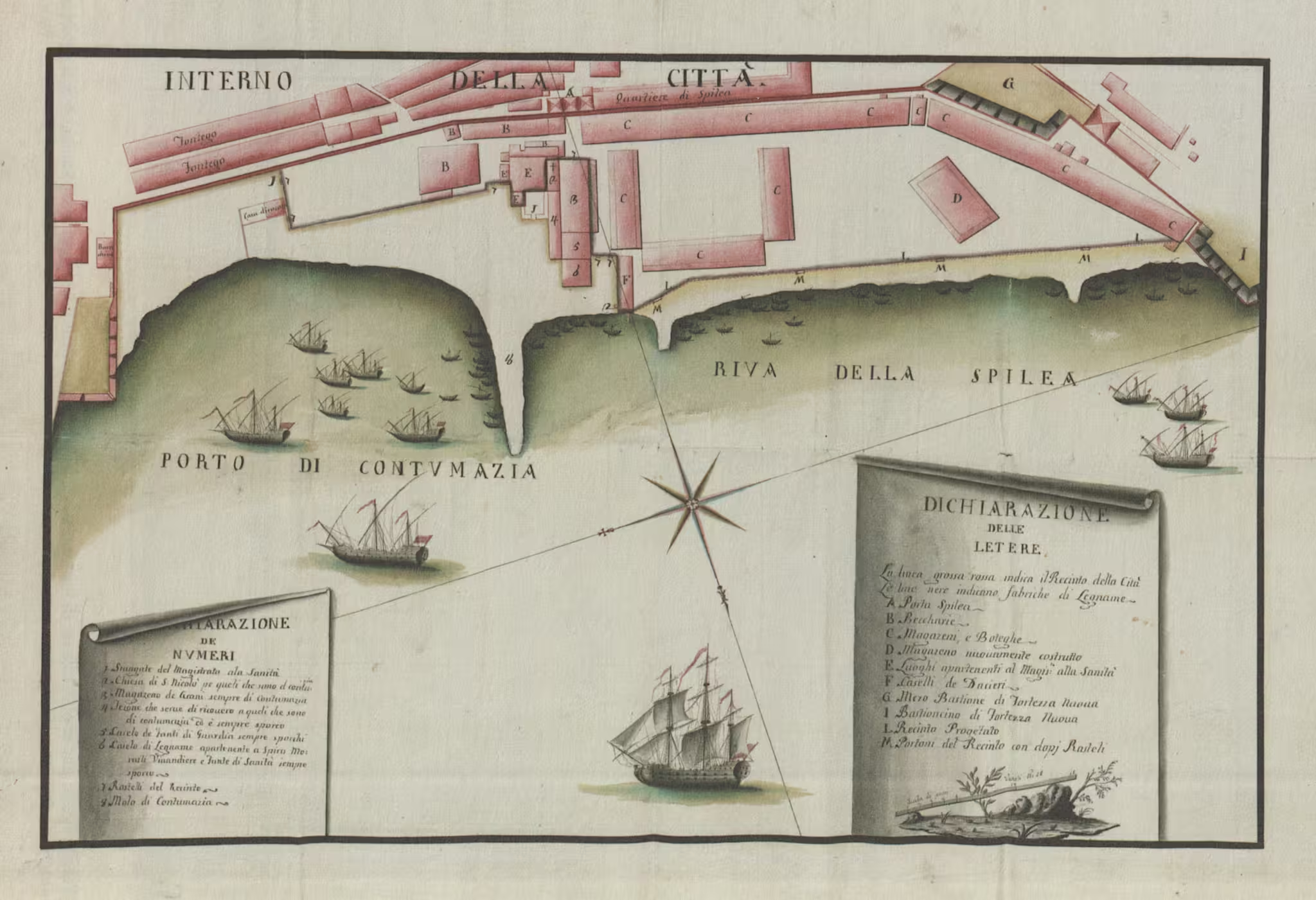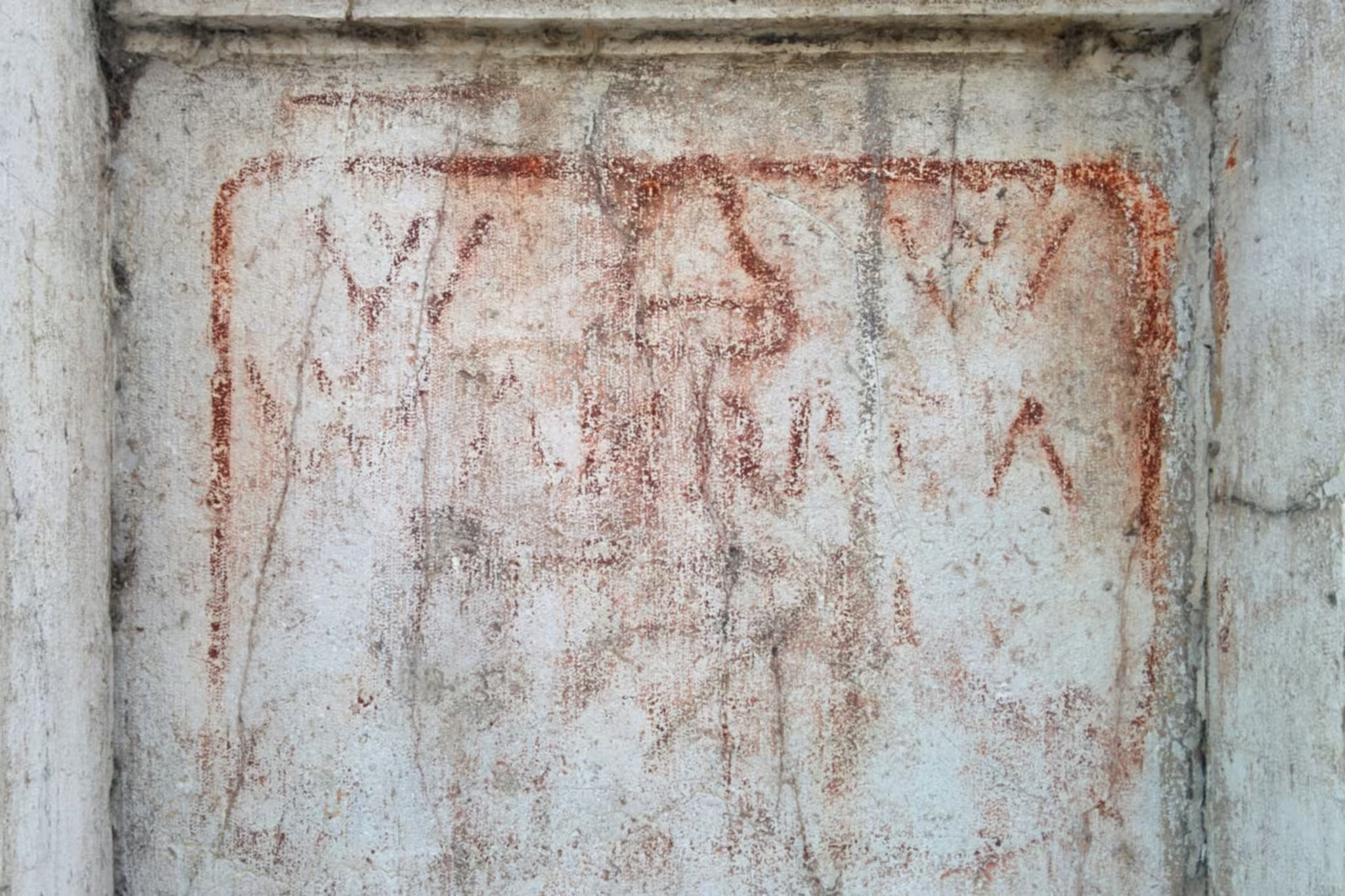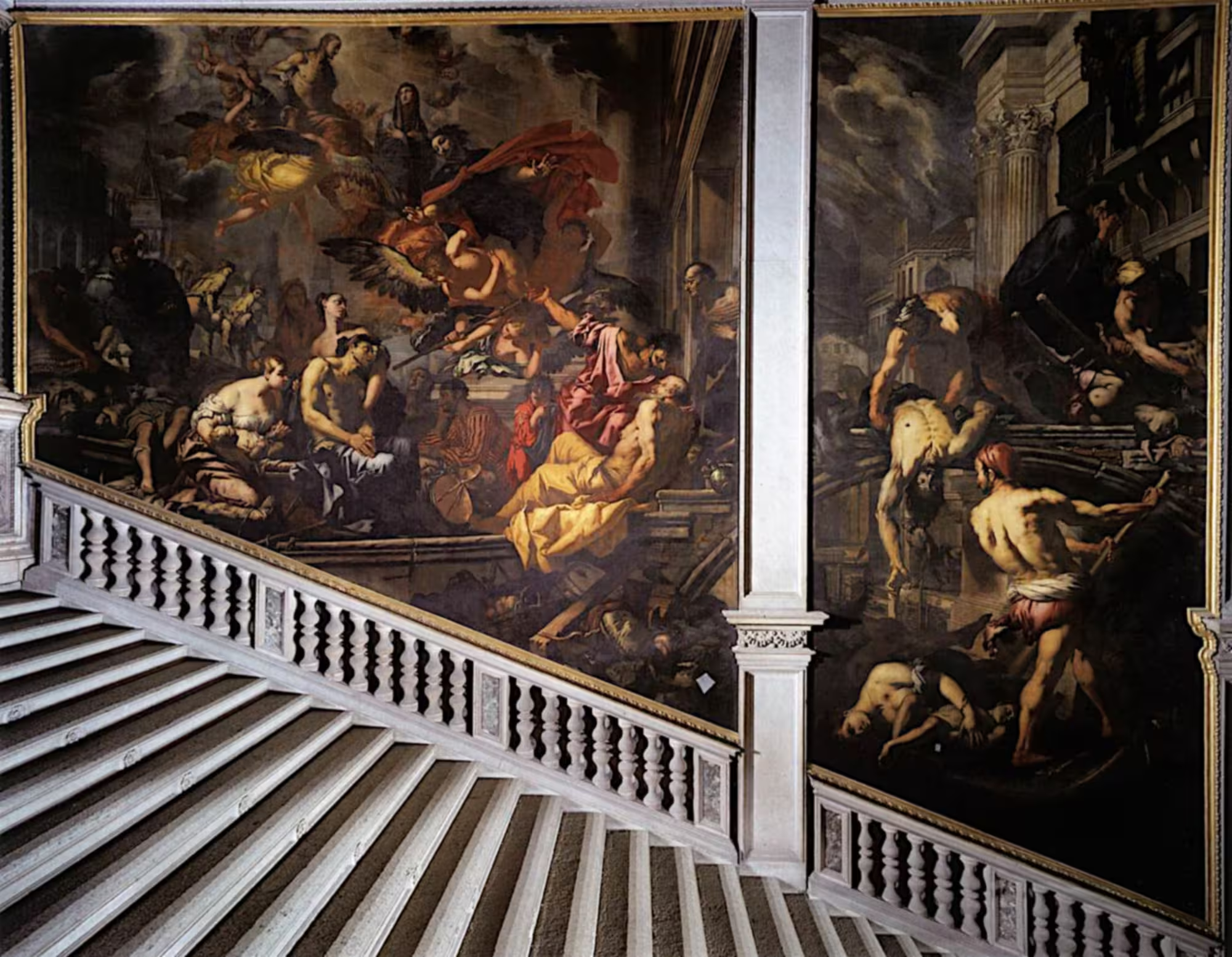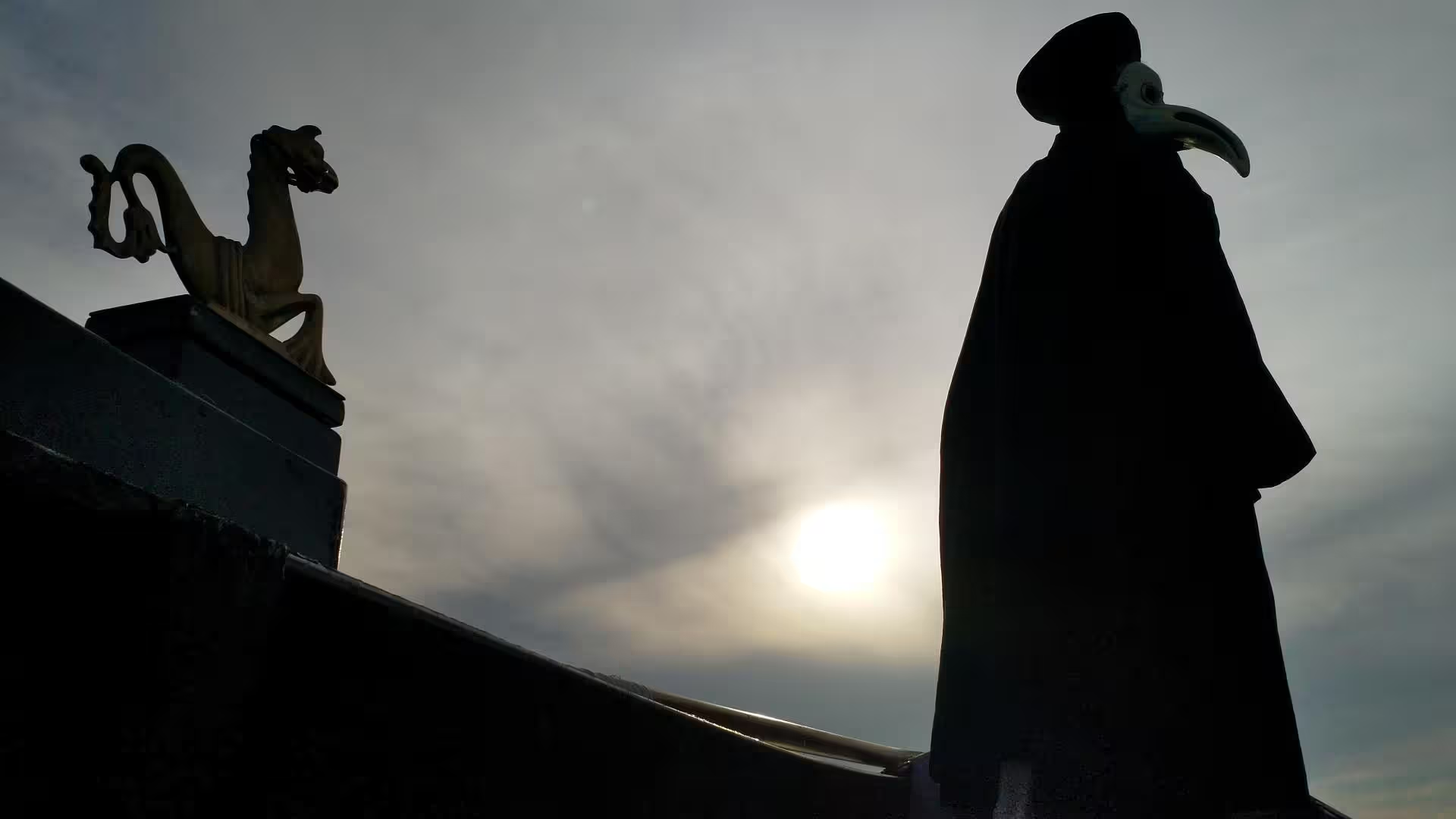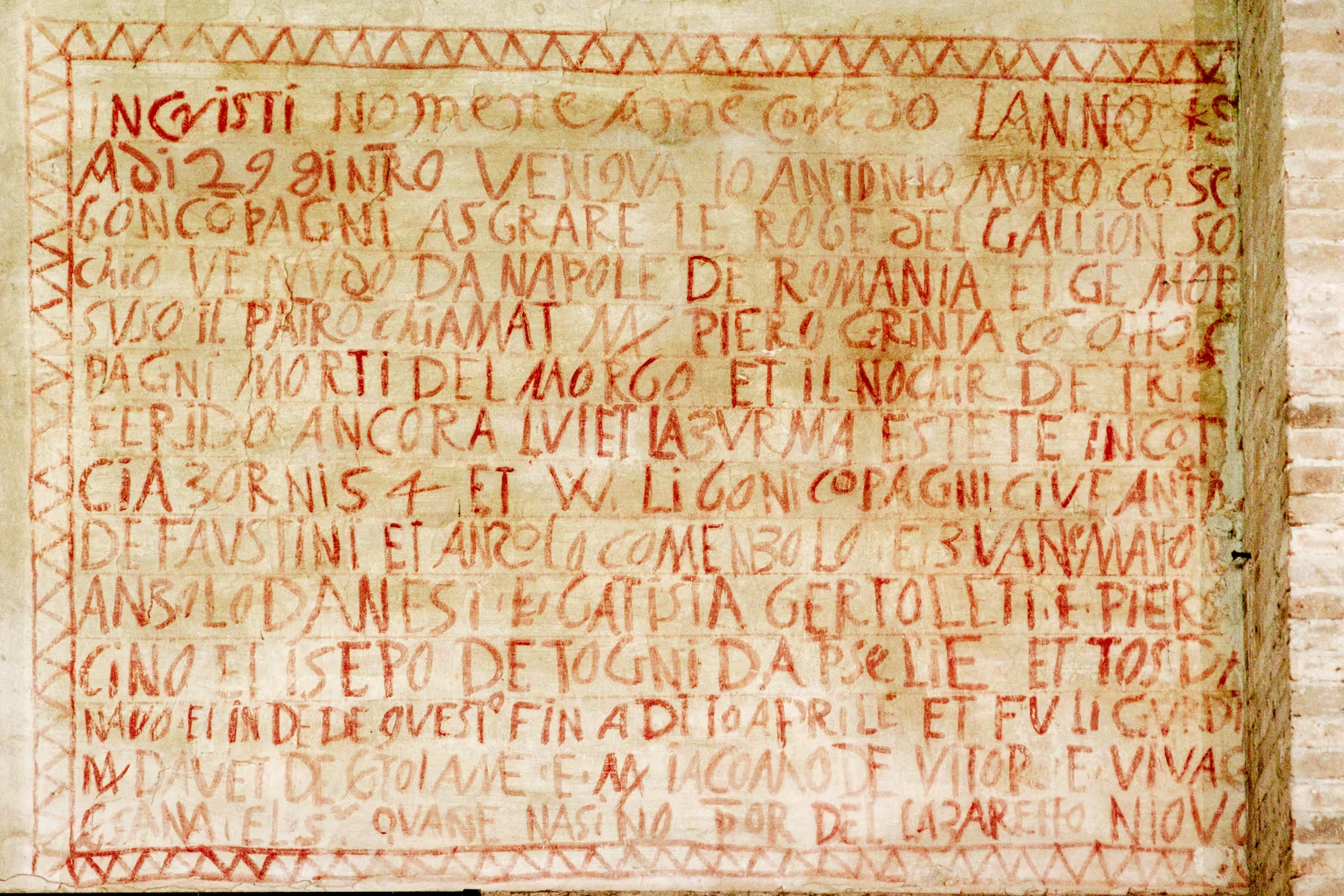Lazzaretto Nuovo
-
The Venetian Lazzaretti
The lazzaretti in Venice were the Venetian republic’s response to the emergency of the plague, and an efficient response too.
-
Quarantine – forty days of isolation
Quarantine is derived from the Venetian (and Italian) word for forty, because the quarantine period on the Lazzaretto Nuovo ended up around forty days.
-
Cocciopesto
Cocciopesto is a dark red colour commonly used for short-lived writing on walls – but sometimes they survive.
-
A Chronology of the Black Plague in Venice
The black plague ravaged Venice for centuries, from the mid 1300s to the late 1700s. This is a chronology of some of the most important events.
-
Venice without the crowds
Venice is normally a crowded place, and that is how most people know it. What most people don’t realise, however, is that important elements of Venice and its history are actually outside the city, in the surrounding lagoon.
-
The Black Plague
Europe witnessed repeated outbreaks of the black plague – or the bubonic plague – from the 14th until the 17th century.
-
Antonio Moro and the Somachio
Antonio Moro came to Venice in January 1593 to work at the Lazzaretto Nuovo, where he left us a very interesting message on the wall.

